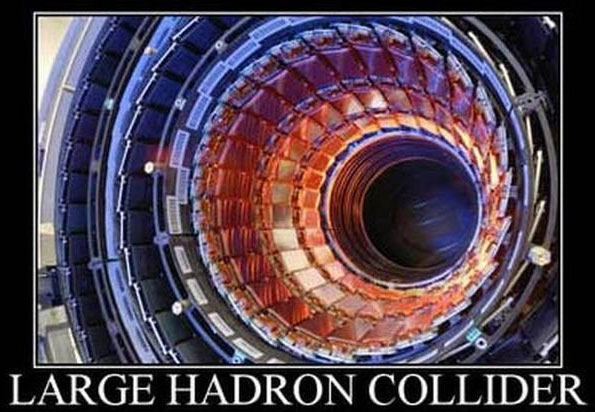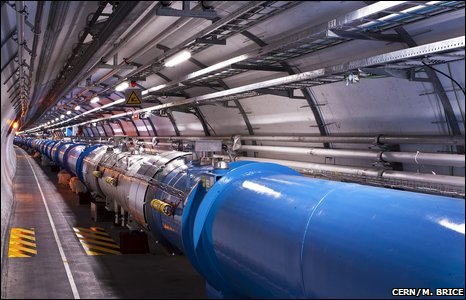The Large Hadron Collider. Appeared on Earth one of the coldest places in the universe

All eight sectors of the Large Hadron Collider (LHC) are cooled to a working temperature of 1.9 degrees on the Kelvin scale (minus 271 degrees Celsius).
The working temperature of the LHC, located in a 27 km long tunnel on the border of France and Switzerland, only slightly exceeds the minimum possible temperature, the so-called “absolute zero” (-273.15 degrees Celsius).
For comparison, the temperature in remote areas of space is about -270 degrees.
')
Scientists are going to accelerate in the collider two streams of protons and heavy hadron nuclei to speeds close to the speed of light. Physicists want to study what happens when these flows collide.

As expected, this information will help shed light on the concept of mass and other fundamental problems of physics.
The magnets, providing acceleration of particles, must have superconductivity - that is, the resistance should tend to zero, which ensures minimal energy loss.
Very low temperatures are required to achieve superconductivity. To this end, the LHC uses liquid helium. Cooling is one of the main stages before restarting the collider, which will occur in the second half of November.
Representatives of the laboratory in an interview with the BBC said that tests at low speeds can begin as early as the second half of October. In this case, not all the length of the collider will be involved, but only some of its sectors.

In preparation for the launch of the collider, scientists have installed hundreds of detectors providing information about the temperature of the magnets used to accelerate particles.
It is the overheating of one of the magnetic modules that led to loss of conductivity and leakage of helium. As a result, the work of the LHC was stopped on September 19, 2008.
Repair of the Large Hadron Collider cost 40 million Swiss francs (about 38.6 million US dollars).
Source: https://habr.com/ru/post/72730/
All Articles